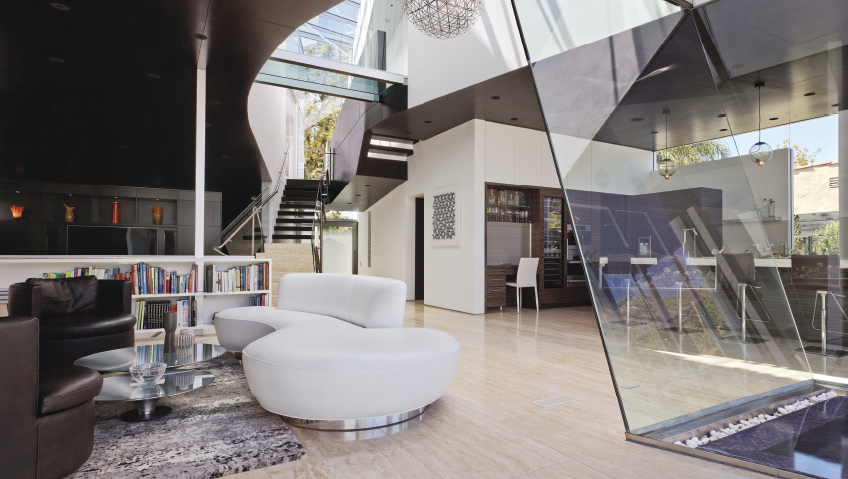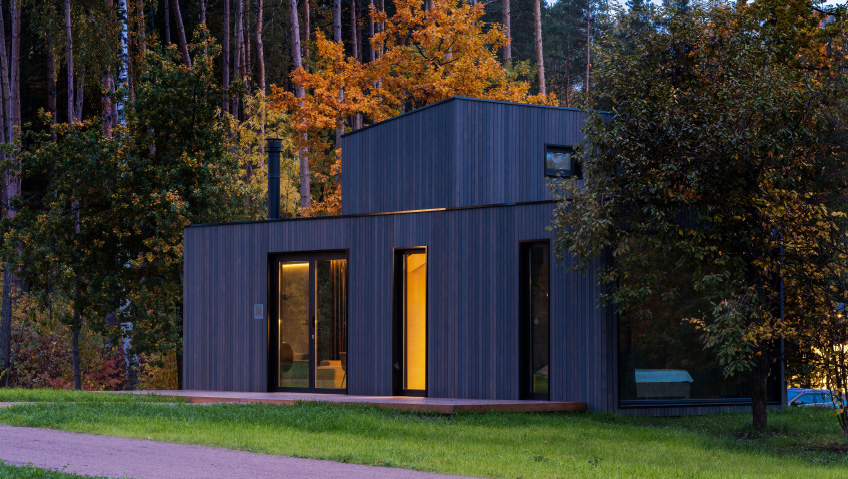In the world of architecture, where innovation and creativity meet the physical constraints of buildings, few companies stand out like MetroStudio. Led by founder Kenneth Gowland, MetroStudio has carved out a niche for itself by specializing in adaptive reuse projects, transforming old, historical buildings into vibrant, functional spaces that suit modern needs.
MetroStudio’s primary focus is adaptive reuse and historic restoration, particularly in urban environments that offer a rich architectural history. Rather than starting from scratch, MetroStudio works to repurpose older buildings, often transforming industrial or commercial spaces into new uses like multifamily housing, hospitality venues, or mixed-use facilities.
Operating in New Orleans, a city with over 300 years of architectural history, and with his New York City background, Gowland is well-versed in working with buildings that come with historical legacies. His clients recognize MetroStudio’s expertise in handling these complexities, which often come with significant economic benefits, as projects involving adaptive reuse and historic restoration offer certain tax incentives that aren’t typically available with new, ground-up construction. This makes them an attractive option for developers looking to maximize financial savings.
However, MetroStudio’s work is not limited to housing. The firm has also developed a strong focus on performing arts and music venues, a specialization that emerged naturally from past historic projects that leaned toward these types of spaces. This expertise has grown over time, shaping the firm’s portfolio in a unique way. This diverse project portfolio, combined with the firm’s focus on placemaking allows MetroStudio to help rejuvenate urban areas and bring communities together in spaces that foster interaction and culture.
When asked about the team behind MetroStudio, Gowland highlights the unique structure and collaborative environment that defines the company. Currently, the firm has a compact team of nine people, half of whom are licensed professionals. “We’re about 50 percent licensed, which is a high percentage for an architecture office, but we think it benefits our clients to have a team of extremely experienced licensed professionals,” he says. This team composition allows MetroStudio to bring a wealth of experience to every project, leveraging not only individual expertise but also the collective knowledge that each team member has developed through years of working on challenging adaptive reuse projects.
One of the key aspects of MetroStudio’s approach is its horizontal structure. Unlike larger, more corporate architectural firms where roles are siloed, MetroStudio encourages all team members to contribute to every aspect of a project regardless of their experience level. From documentation and engineering coordination to managing client and contractor relations, this collaborative approach is a core part of the firm’s culture. The lack of hierarchy fosters a collaborative environment where multiple viewpoints and expertise come together to solve complex problems.
By maintaining a small, integrated team, MetroStudio is able to operate with agility, allowing for rapid problem-solving and decision-making. This open environment not only accelerates the workflow but also ensures that all team members are invested in the success of every project.
While adaptive reuse might sound like a niche area of architecture, Gowland emphasizes that it requires a high level of innovation, particularly when it comes to quantifying risk and integrating new technologies into old structures. He explains that MetroStudio’s approach to innovation lies in its ability to blend real-world experience with cutting-edge digital tools. “Our firm combines expertise in archaic construction technology with best in practice digital tools and techniques to deliver successful outcomes on the most challenging projects,” he says.
For example, MetroStudio employs laser scanning and 3D modeling technology to create highly accurate representations of existing buildings. These digital models are then integrated with structural forensic analyses and other data to provide clients with a clear picture of the project’s requirements early in the design process. This enables the team to identify potential risks, both in terms of cost and schedule, well before they become major issues.
“We’re putting all of that information into that model early in the process so that we’re not waiting until the end of the effort to start to understand what the cost with the construction requirements is going to be,” says Gowland.
This forward-thinking approach to technology and risk management allows MetroStudio to take on projects that other firms might shy away from. By providing clients with a clear, data-driven understanding of what a project will entail, MetroStudio helps mitigate the uncertainty that often accompanies adaptive reuse projects, ensuring that both budget and schedule expectations are realistic from the outset.
Looking to the future, MetroStudio’s guiding principle is to “do today better than we did yesterday.” Rather than focusing on large, sweeping changes, the firm is dedicated to constant incremental improvement. This effort of continuous improvement and refinement of its processes really sets the framework for larger successes. It is this mindset that has allowed MetroStudio to grow from handling small residential projects to taking on large-scale urban redevelopment efforts.
As MetroStudio looks ahead, Gowland envisions the firm continuing to expand into urban areas with rich architectural histories, such as Chicago, New York, and San Antonio. The firm’s expertise in navigating the complexities of historic restoration and adaptive reuse makes it well-suited for these environments, where underutilized buildings are abundant.
While the company is committed to growth, Gowland emphasizes that the firm will continue to focus on placemaking above all else. “Our focus… is to create a place for people to interact, to live, to work, or to reinvigorate a part of a city that has been underutilized,” he shares. For MetroStudio, successful architecture is not about chasing the latest aesthetic trends; it’s about creating spaces that people gravitate toward, spaces that serve the community in meaningful ways.
Kenneth Gowland and MetroStudio are redefining what it means to be an architectural firm in the modern age. By focusing on adaptive reuse, historic restoration, and placemaking, the firm has established itself as a leader in revitalizing urban spaces. With a small, agile team and a culture of collaboration and continuous improvement, MetroStudio is well-positioned to continue its growth while maintaining its commitment to creating spaces that enrich communities.
Through its blend of real-world experience, innovative digital tools, and a deep understanding of risk management, MetroStudio offers clients something rare in architecture: certainty in uncertain projects. And as the firm expands into new markets, its emphasis on placemaking and adaptive reuse ensures that MetroStudio will continue to make a lasting impact on the cities it touches.






